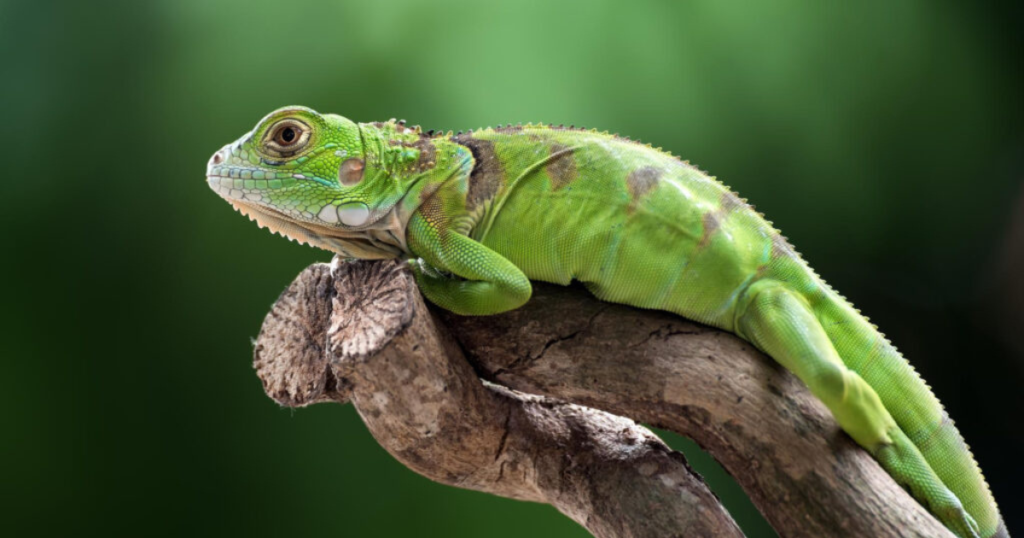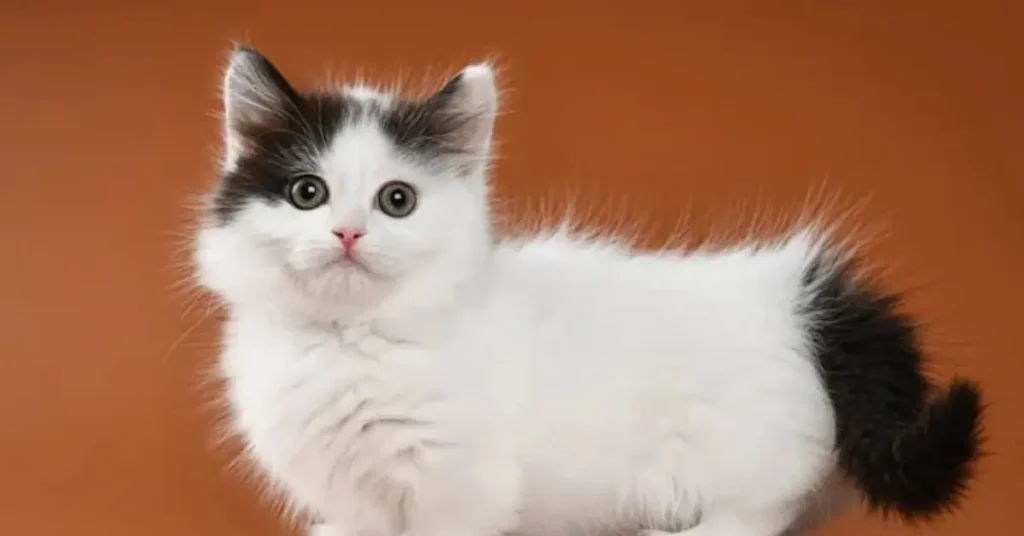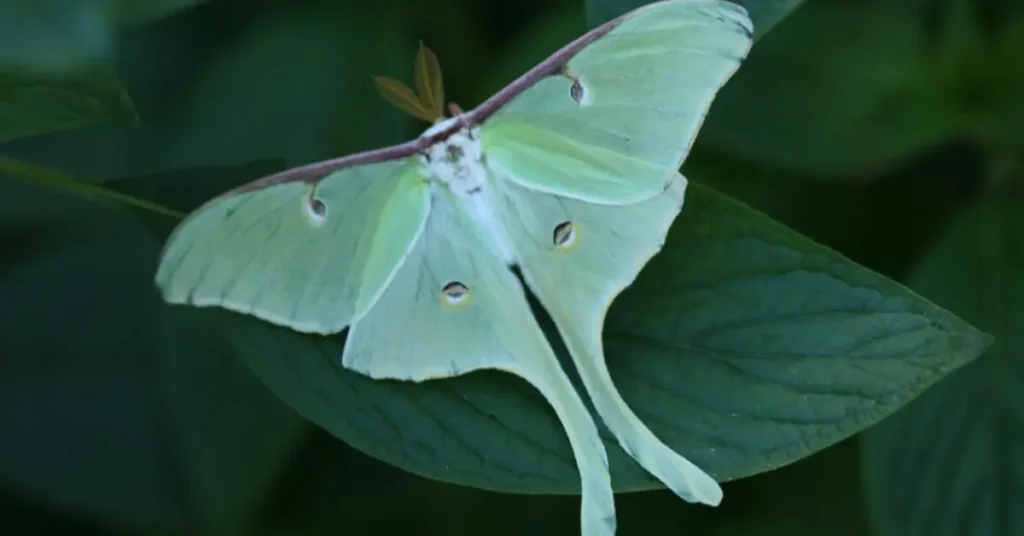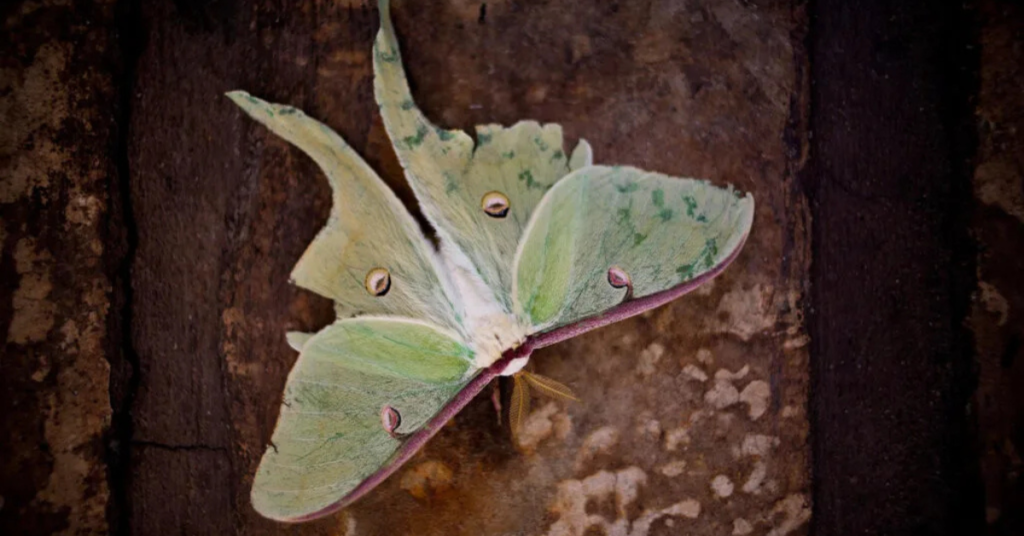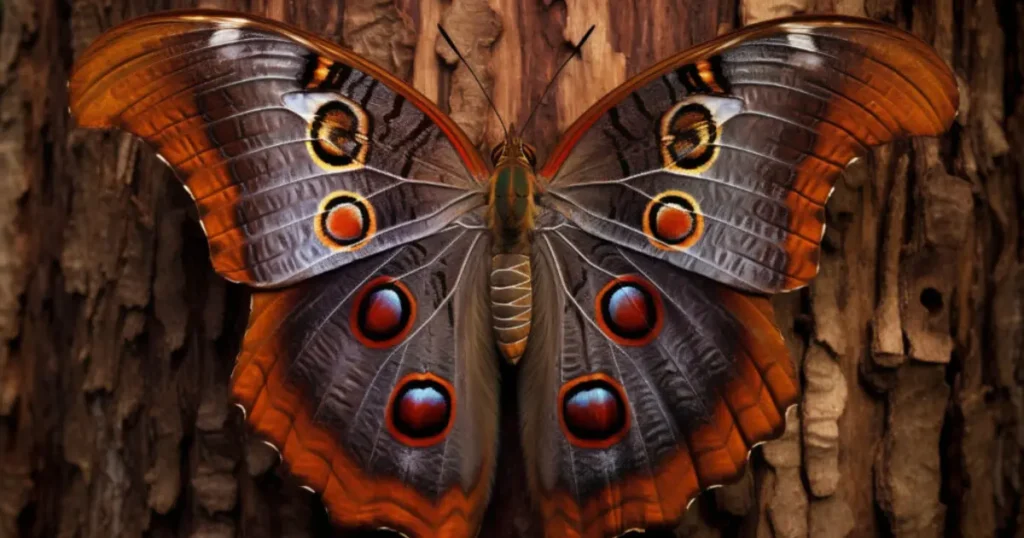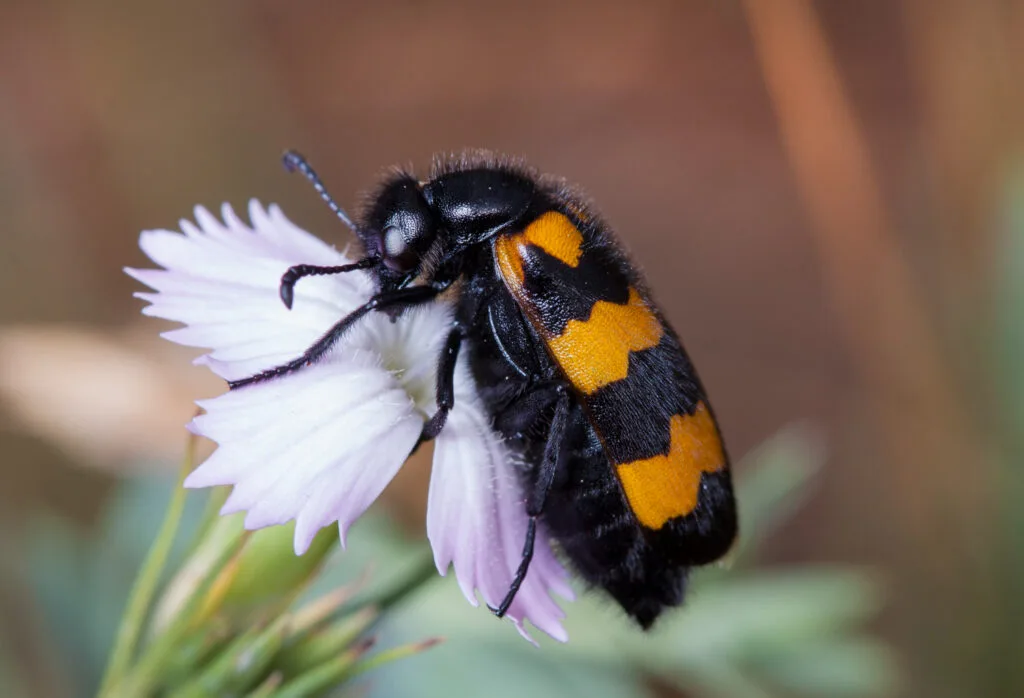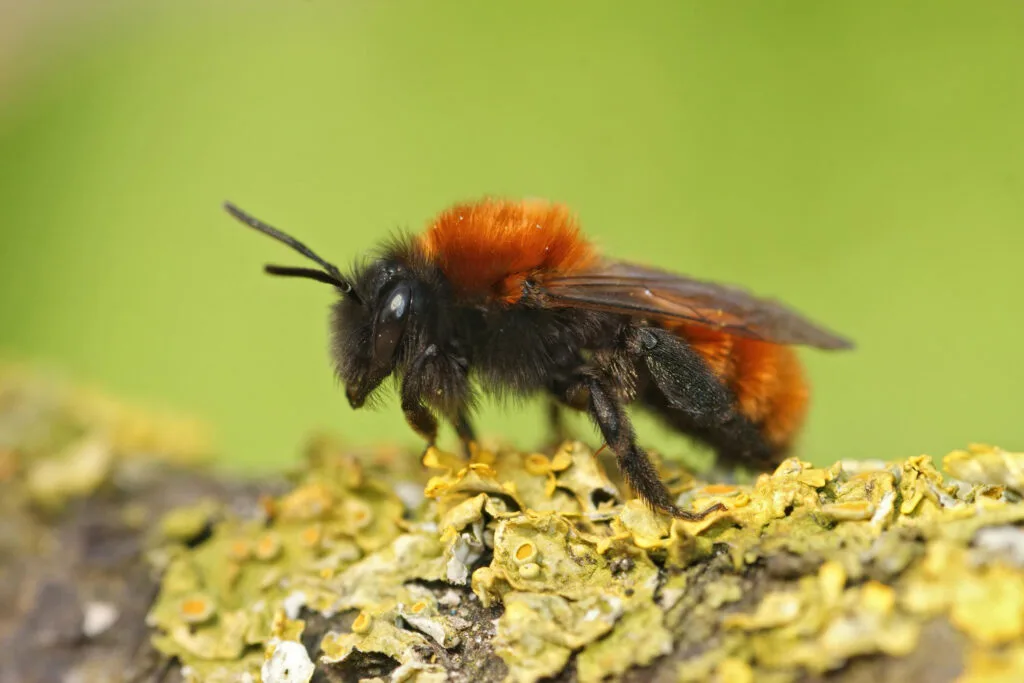The Green Iguana (Iguana iguana) is one of the most popular reptile pets worldwide. Known for their vibrant green coloration, impressive size, and fascinating behaviors, these lizards require specialized care.
Proper Green Iguana care involves providing an appropriate habitat, a balanced diet, regular health check-ups, and understanding their natural behavior. A herbivore, it has adapted significantly with regard to locomotion and osmoregulation as a result of its diet. It grows to 1.7 m (5.6 ft) in length from head to tail, although a few specimens have grown more than 2 m (6.6 ft) with bodyweights upward of 9 kg (20 lb).
Because of their calm nature and striking colours, green iguanas are popular pets, but they’re not easy to care for. They need plenty of space, special lighting, and controlled heat, which makes them a challenge for beginners.
Table of Contents
ToggleUnderstanding the Green Iguana
They are native to Central and South America, primarily inhabiting rainforests, coastal areas, and riverbanks. They are arboreal creatures, meaning they spend most of their time in trees. In captivity, recreating their natural environment is crucial for their well-being.
Habitat Setup
1. Enclosure Requirements
It needs a spacious enclosure. Due to their large size (up to 6 feet long), a small tank won’t suffice.
- Minimum enclosure size: 6 feet long, 4 feet wide, and 6 feet tall
- Ventilation: Proper airflow is essential to prevent respiratory issues
- Substrate: Reptile carpet, newspaper, or cypress mulch (avoid sand or wood chips)
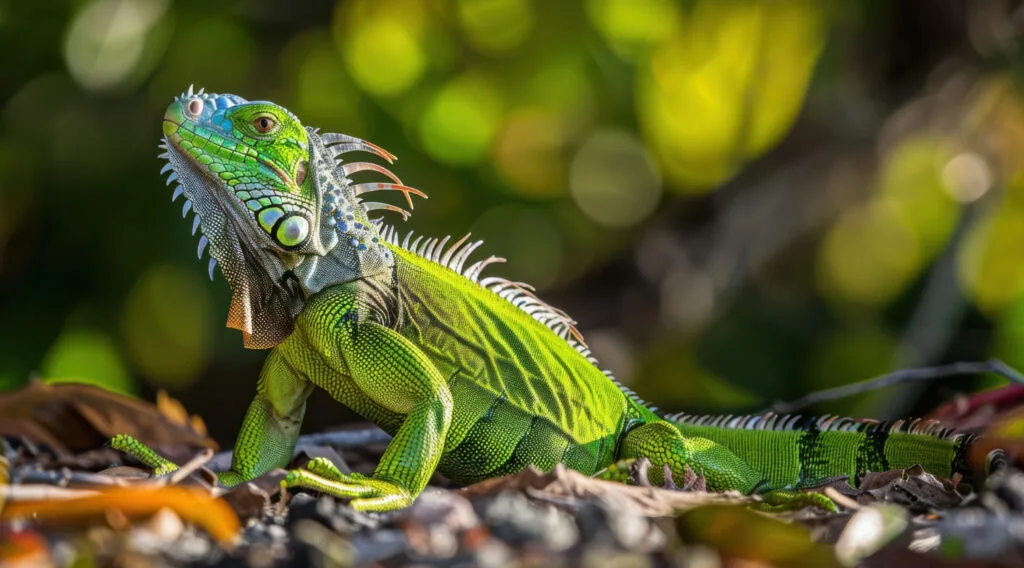
2. Temperature and Humidity
- Day temperature: 85-95°F (29-35°C)
- Basking spot: 95-100°F (35-38°C)
- Night temperature: 75-80°F (24-27°C)
- Humidity levels: 70-80% to prevent dehydration and shedding issues
Using a UVB light source is crucial to prevent metabolic bone disease. Ensure your Iguana gets 10-12 hours of UVB exposure daily.
Diet and Nutrition
1. What to Feed Your Green Iguana
It is a strict herbivore, meaning they should never be fed animal protein.
- Leafy Greens: Collard greens, mustard greens, dandelion greens, turnip greens
- Vegetables: Squash, bell peppers, carrots, green beans
- Fruits (in moderation): Mango, papaya, strawberries, bananas
2. What to Avoid
Avoid feeding your Iguanas the following:
- Animal protein (meat, eggs, dairy)
- High-oxalate greens (spinach, rhubarb)
- Citrus fruits (oranges, lemons)
Provide fresh, clean water daily and mist their habitat to maintain humidity.
Green Iguana Health and Common Issues
1. Signs of a Healthy Iguana
They should have:
- Clear, bright eyes
- Smooth, intact skin
- A strong appetite
- Regular shedding
2. Common Health Problems
- Metabolic Bone Disease (MBD): Caused by calcium deficiency and lack of UVB exposure
- Respiratory Infections: Symptoms include wheezing, open-mouth breathing, and nasal discharge
- Parasites: Mites or internal parasites can cause weight loss and lethargy
- Shedding Problems: Inadequate humidity can lead to stuck shed
Regular vet check-ups and a well-maintained habitat will keep your pet healthy.
Behavior and Temperament
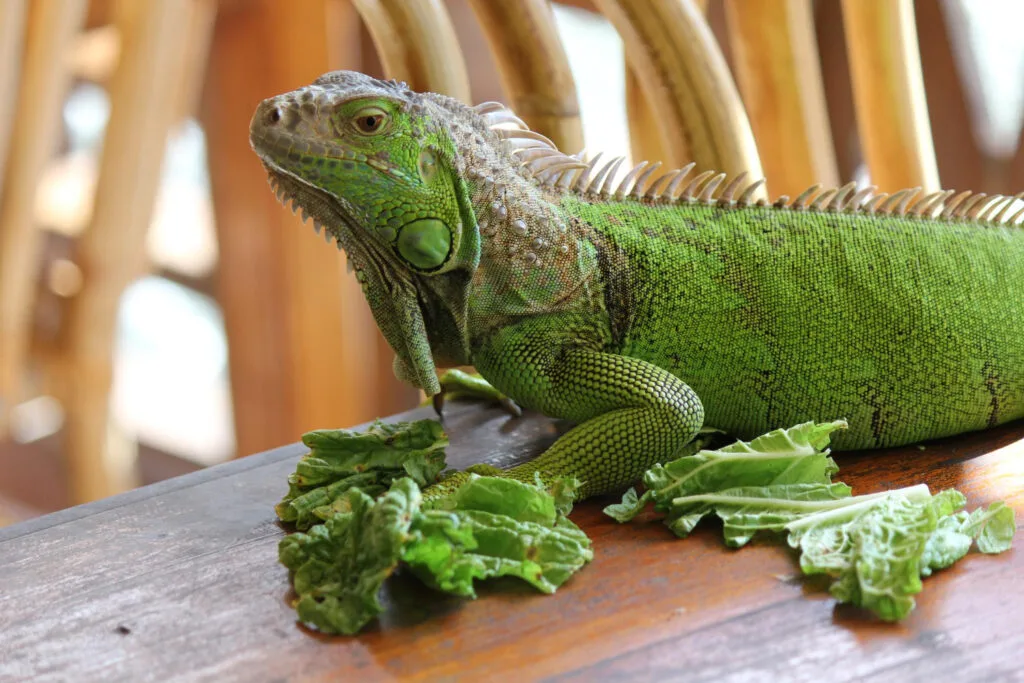
1. Socialization and Handling
While Green Iguanas are not naturally social animals, they can be tamed with patience.
- Start slow: Let them get used to your presence
- Avoid grabbing: Always approach them gently
- Regular handling: Helps build trust
2. Signs of Stress or Aggression
- Tail whipping: A defensive behavior when they feel threatened
- Head bobbing: A sign of dominance
- Hissing: Indicates discomfort or fear
Providing a stress-free environment and consistent interaction will help in taming your pet.
Do green iguanas make good pets?
Yes, but they require experienced reptile keepers due to their size, diet, and habitat needs.
Are green iguanas harmful for dogs?
Iguanas can carry bacteria, such as Salmonella, which can be harmful if passed on to dogs.
How big does a green iguana get?
Adults typically grow to 1.2 to 1.7 m (3.9 to 5.6 ft) in length from head to tail.
You can provide the best care for your Green Iguana, ensuring it lives a long and healthy life. Proper housing, diet, and health monitoring are essential for their well-being.
Whether you’re a beginner or an experienced reptile keeper, understanding their needs will help you create the perfect environment for your pet iguana.

